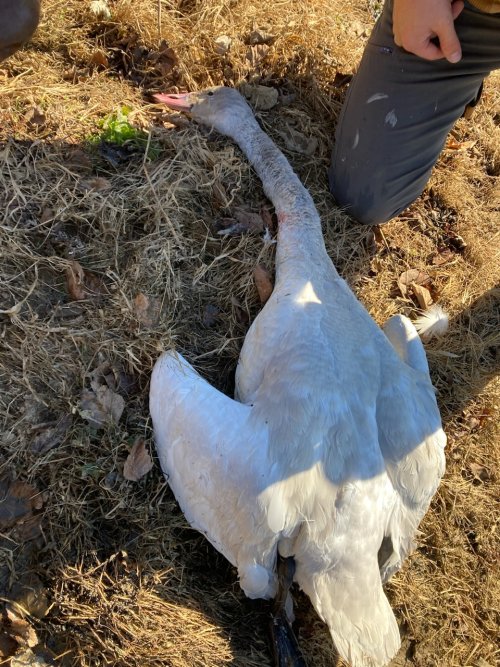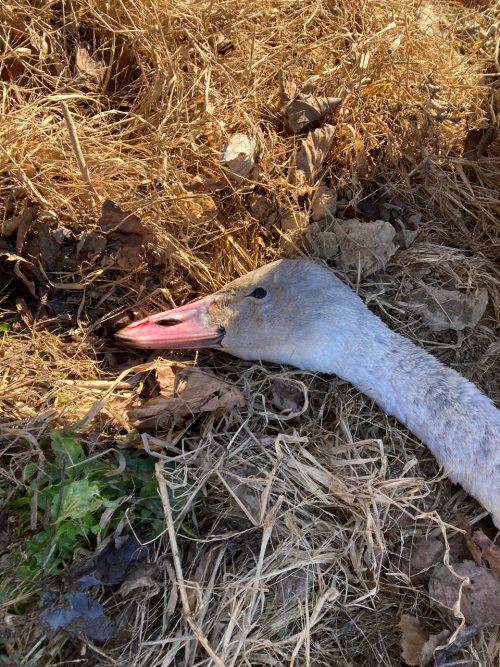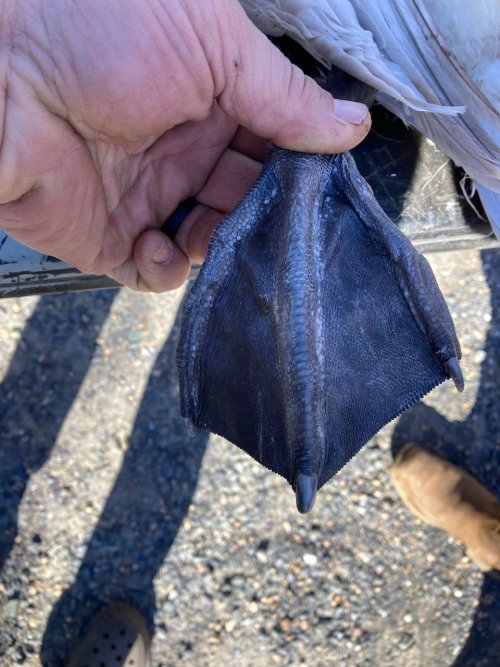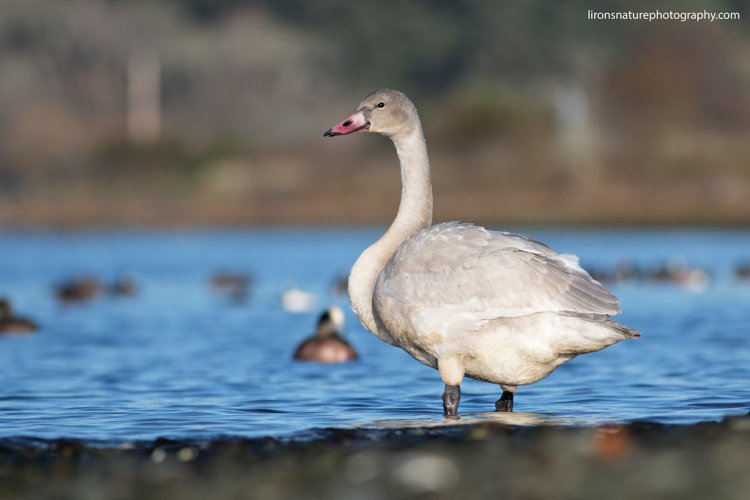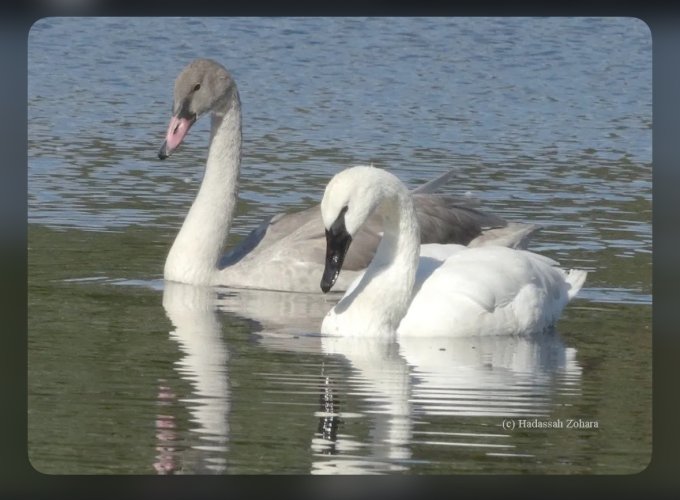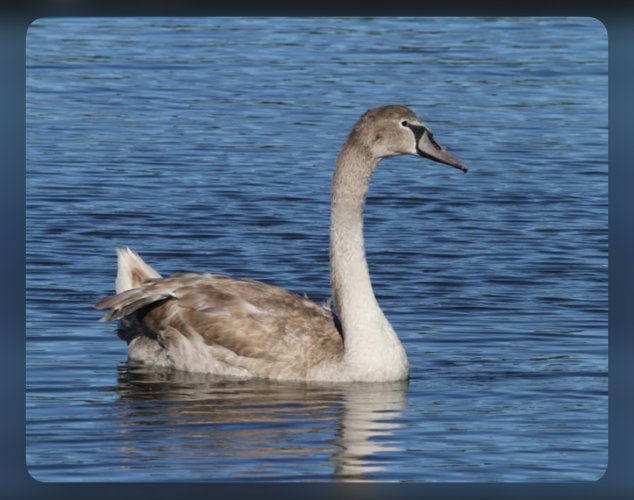Navigation
Install the app
How to install the app on iOS
Follow along with the video below to see how to install our site as a web app on your home screen.
Note: This feature may not be available in some browsers.
More options
You are using an out of date browser. It may not display this or other websites correctly.
You should upgrade or use an alternative browser.
You should upgrade or use an alternative browser.
Hybrid Goose - what’s the make-up?
- Thread starter blueridge
- Start date
Sask hunter
Well-known member
- Joined
- Sep 20, 2016
- Messages
- 3,292
Neat looking bird. Looks pretty big too
glass eye
Well-known member
Juvenile swan
Doublecluck
Well-known member
Juvie swan
Nick87
Well-known member
I'd agree.Juvie swan
blueridge
Well-known member
I think ya’ll have it right. Juvenile Mute Swan. Thanks for the identification! It was driving me crazy.
Even though I didn’t personally get it, I was glad to see that there are no take restrictions. In fact, as @F250 pointed out its being an invasive species, my state is very against their propagation and has a year round open season.
Even though I didn’t personally get it, I was glad to see that there are no take restrictions. In fact, as @F250 pointed out its being an invasive species, my state is very against their propagation and has a year round open season.
Last edited:
Hunting Wife
Well-known member
I’m pretty sure it’s an immature tundra swan. Immature Mute would still have a fleshy knob on the bill. Immature trumpeter would be much larger and have black at both the base and tip of bill, with pink center. Immature tundra is smaller, and have a mostly solid pink bill, lighter at the base.
Edit: I tried to attach pics for each showing the differences, but it won’t let me for some reason.
Edit: I tried to attach pics for each showing the differences, but it won’t let me for some reason.
seeth07
Well-known member
I'm basing it off the grayish head and neck. Tundra juvie typically don't have the darker head and necks, just the body I thought while trumpeter swans are grey throughoutI’m pretty sure it’s an immature tundra swan. Immature Mute would still have a fleshy knob on the bill. Immature trumpeter would be much larger and have black at both the base and tip of bill, with pink center. Immature tundra is smaller, and have a mostly solid pink bill, lighter at the base.
Edit: I tried to attach pics for each showing the differences, but it won’t let me for some reason.
Hunting Wife
Well-known member
We get thousands every year and they are routinely all gray.I'm basing it off the grayish head and neck. Tundra juvie typically don't have the darker head and necks, just the body I thought while trumpeter swans are grey throughout
seeth07
Well-known member
Either way I think we are on the same page that it isn't a mute swan.We get thousands every year and they are routinely all gray.
Hunting Wife
Well-known member
Interesting, all the tundra juivies I see and have shot here in NC have never had pink on there bill. Is that due to them being an older juvenile at that point around November-January timeframe? At what point does the bill go all black?Finally got this to work…
Tundra
View attachment 302508
Trumpeter
View attachment 302505
Mute
View attachment 302506
Hunting Wife
Well-known member
That makes sense. By the time they molt to adult plumage it should be black, but they are long gone here by then so I don’t have a good guess when or how fast that transition occurs. Here they often look kind of dusty gray when they come through, but it’s going to vary somewhat by individual. I suppose late hatchers would be behind the curve.Interesting, all the tundra juivies I see and have shot here in NC have never had pink on there bill. Is that due to them being an older juvenile at that point around November-January timeframe? At what point does the bill go all black?
They are still grey when they make it down here which is how we tell they are the tender ones. I think I met someone on another forum that did a study on them, wonder if he will know.That makes sense. By the time they molt to adult plumage it should be black, but they are long gone here by then so I don’t have a good guess when or how fast that transition occurs. Here they often look kind of dusty gray when they come through, but it’s going to vary somewhat by individual. I suppose late hatchers would be behind the curve.
D4570
Well-known member

YUP swan
Similar threads
- Replies
- 54
- Views
- 7K




